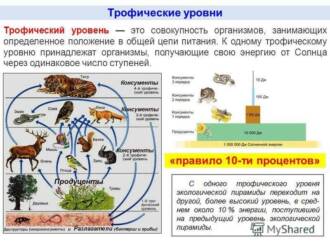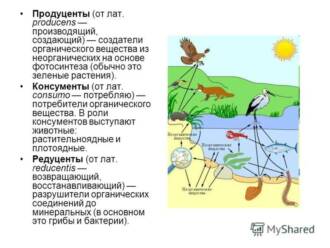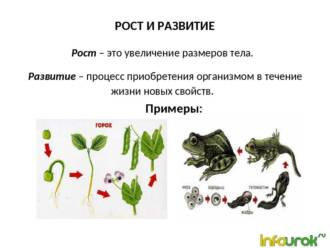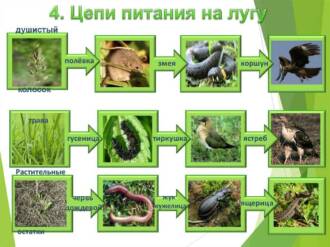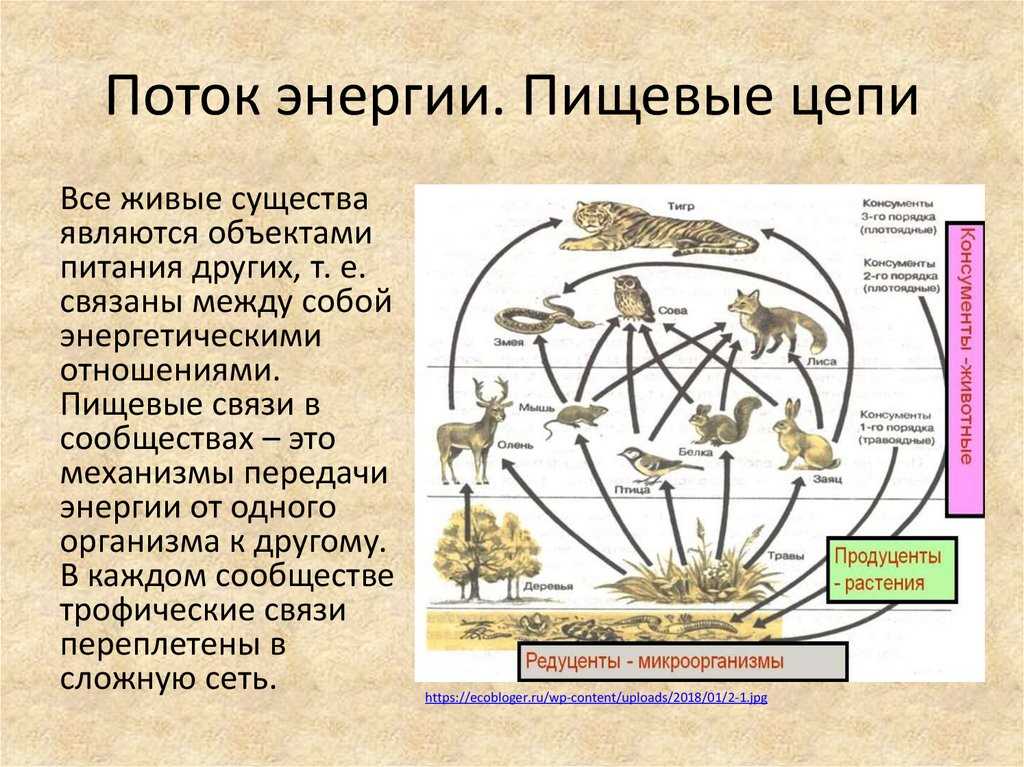
Butterflies are amazing creatures of nature that play an important role in the food chain and are of great importance in the ecosystem. They are one of the most common insects on the planet and represent a biodiversity that is necessary to maintain the ecological balance.
Butterflies are important plant pollinators. While visiting flowers, they carry pollen from one flower to another, facilitating the pollination process. Without this process, plants will not be able to form seeds and fruits, which will lead to a decrease in the fertility and diversity of the plant world.
In addition, butterflies are an important link in the food chain. They serve as a food source for many animals, including birds, bats, lizards, and beetles. Butterflies are also food for some fish and other aquatic animals. Thus, they are an integral part of the food chain and influence the balance in natural communities.
Butterflies also play an important role in the ecosystem as indicators of the state of the environment. They are sensitive to changes in the environment and can serve as an indicator of air pollution, pesticide use and other harmful environmental impacts. Therefore, studying butterflies and their behavior can help us more fully understand the state of the environment and take action to conserve it.
The role of butterflies in the food chain
Butterflies play an important role in the food chain, transporting pollen and serving as food for other animals.
Pollen transfer
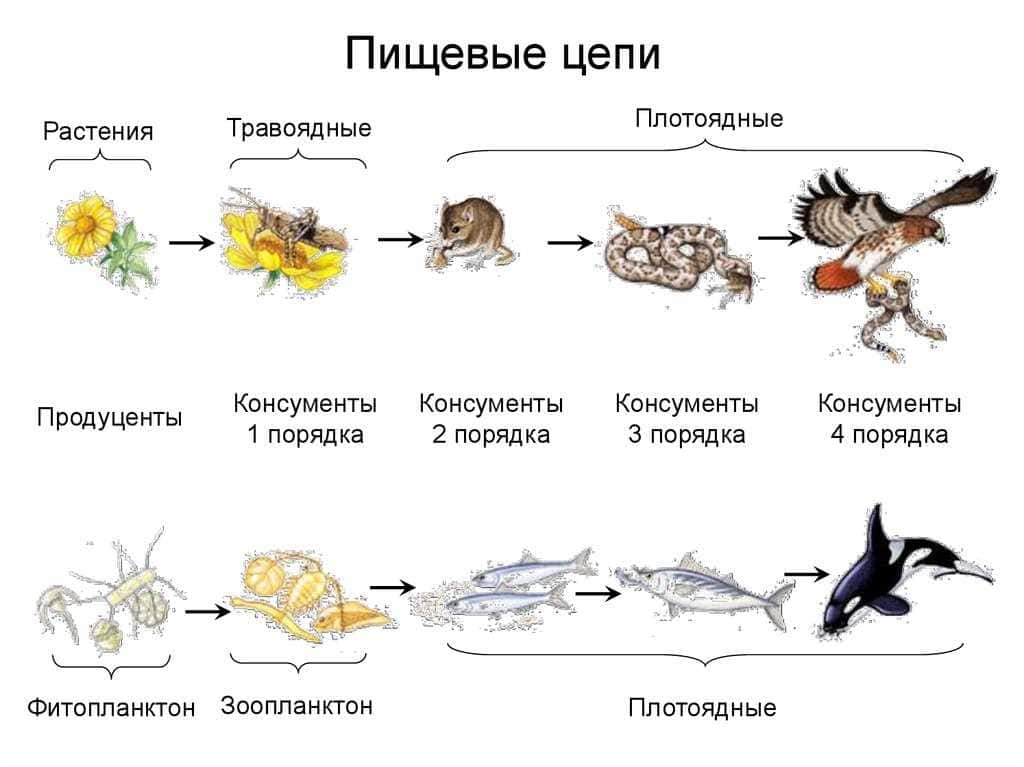
Butterflies are one of the main carriers of plant pollen. While feeding on nectar, they accidentally land on flowers and attach pollen to their body. Then, moving between different flowers, butterflies carry pollen from one plant to another, contributing to its pollination. This is an important process for the reproduction of plants and the conservation of their species diversity.
Food for other animals
Butterflies also serve as a food source for many other animals. During their life cycle, butterflies are in various stages of development, including eggs, caterpillars, pupa and adults. Butterfly caterpillars are the most nutritious part for many birds, lizards and other insectivorous animals. Adult butterflies also serve as food for birds, bats and other predatory insects.
Thus, the role of butterflies in the food chain is to carry pollen and serve as a food source for other animals. They are an important link in the ecosystem, contributing to the reproduction of plants and keeping the food chain in balance.
Significance in the ecosystem
Butterflies play an important role in the ecosystem, performing several functions that contribute to maintaining the balance in nature. They are important plant pollinators, carrying pollen from one flower to another, which helps them reproduce and maintain genetic diversity.
Butterflies also serve as a food source for many animals.such as birds, frogs and insectivorous mammals. They are an important link in the food chain, providing food for many animal species and maintaining a balance in populations.
However, butterflies are also delicate and vulnerable creatures.. Their numbers are declining due to habitat loss and the use of pesticides in agriculture. This can lead to disruption of the ecosystem and deterioration of the living conditions of other species that depend on butterflies for food or plant pollinators.
Conservation of butterflies and their habitats is an important task for the conservation of biodiversity and the maintenance of ecological balance. Measures must be taken to protect and restore their habitats, conserve plant diversity and limit the use of pesticides to ensure favorable conditions for the existence of butterflies and other species.
Effect on plants
Butterflies play an important role in the food chain and have a significant impact on plants. They are the pollinators of many plant species, helping them to reproduce and continue to exist. Butterflies feed on the nectar of flowers, when visiting which they transfer pollen from one flower to another, contributing to the pollination of plants.
In addition, butterflies also play an important role in the dispersal of plant seeds. Some species of butterflies lay their eggs on the leaves of plants, which, after hatching, serve as food for them. The larvae feed on plant matter and can damage some parts of the plants, but it also helps the plants to become stronger and adapt to their environment.
Butterflies also play a role in plant pest control. Some species of butterflies feed on harmful insects such as leafworms or caterpillars, which can cause significant damage to plants. Eating pests by butterflies helps to reduce their population and protect plants from damage.
Thus, butterflies play an important role in the ecosystem, influencing plants and promoting their reproduction, distribution and protection from pests. They are an integral part of the food chain and an important link in the biological diversity of our planet.
food preferences
Butterflies are polyphagous, meaning they can feed on a variety of plant species. Depending on the species and the conditions in which they live, their food preferences may vary.
Some types of butterflies prefer to feed on the nectar of flowers. They visit various flower plants to get food. Butterflies can also feed on pollen, which contains essential nutrients.
There are also species of butterflies that feed on plant leaves. They can choose certain types of plants that contain the substances necessary for their survival. Some butterflies may be specialized for certain plants, making them vulnerable to changes in the ecosystem.
Some butterflies prefer to eat fruits and plant juices. They may visit fruit trees and shrubs to get their food. These butterflies may be important dispersers of plant seeds and play a role in their reproduction.
There are also species of butterflies that feed on other insects. They can be predators and hunt small insects for food. This allows them to receive the necessary nutrients and energy for their development.
The food preferences of butterflies may be important in maintaining the biological balance in an ecosystem. They can be important links in the food chain, carrying nutrients between different plant and insect species.
Variety of species

Butterflies are one of the most diverse classes of insects. To date, over 150,000 species of butterflies are known, and these are only those that have been officially described and classified. However, scientists suggest that in fact, there are many more species of butterflies on Earth that have not yet been discovered.
Butterflies vary in size, color, wing shape, and lifestyle. They can be large and bright, with pronounced patterns on the wings, or small and inconspicuous. Each species has its own specific coloration, which helps it survive in certain environmental conditions.
Butterflies are perfectly adapted to different environments, which allows them to live in almost all corners of the planet. They can be found in mountains, forests, fields, gardens, and even city parks. Due to their diversity and adaptability, butterflies play an important role in the food chain and in maintaining the ecological balance in nature.
Effects on other organisms

Butterflies play an important role in the food chain and influence other organisms in the ecosystem. They serve as food for many predators such as birds, frogs and spiders. In addition, butterflies are pollinators of many plants, transferring pollen from one flower to another. This helps plants reproduce and provides diversity in the plant kingdom.
Some species of butterflies also perform an important function as bioindicators. They can be sensitive to changes in the environment and can serve as an indicator of the state of the ecosystem. For example, if the number of butterflies is declining, this could indicate air pollution or climate change.
Butterflies can also have an effect on the plants they interact with. Some species of butterflies can damage the leaves of plants by feeding on their sap. This can stress the plants and weaken their immune systems. However, some butterflies can be useful for plants, as they help control the population of harmful insects by feeding on their larvae.
Thus, butterflies play an important role in the ecosystem by influencing other organisms. They serve as a food source for predators, serve as pollinators, and can be indicators of the state of the environment. It is important to preserve the diversity of butterflies and ensure their well-being in order to maintain a balance in nature.
Butterflies as pollinators
Butterflies play an important role in the pollination of the flowers of many plants. They are attracted by the smell and bright color of the flowers, as well as the nectar they contain. When visiting flowers, butterflies transfer pollen from stamens to pistils, contributing to the fertilization of plants and the formation of new seeds.
Butterflies are one of the main pollinators in some ecosystems. They have a wide variety of shapes and sizes, which allows them to visit different types of flowers and perform an effective pollination function. Some species of butterflies are specialized for certain plants and are the only pollinators for them.
Butterfly pollination has its own characteristics. Some species of butterflies have long mouthparts that allow them to reach the nectar deep into the flower. Other species have short mouthparts and prefer to visit flowers with open nectar. This allows butterflies to pollinate different types of plants and ensure their diversity in the ecosystem.
Butterflies can also pollinate plants that are odorless or brightly colored. They are guided by ultraviolet light, which is visible to them, but not visible to the human eye. This allows them to find flowers and perform their pollinating function even in conditions where other pollinators cannot.
Butterfly destruction and consequences
Butterflies play an important role in the food chain and the ecosystem as a whole. However, their numbers are declining due to various factors, which can have serious consequences for the environment.
Biodiversity change
The destruction of butterflies leads to a reduction in biodiversity in the ecosystem. Butterflies act as pollinators, carrying pollen from one plant to another, facilitating their reproduction. As a result, a decrease in the number of butterflies can lead to a decrease in the number of flowers and plants, which will negatively affect other living organisms in the food chain.
Violation of the ecological balance
The destruction of butterflies can upset the ecological balance in the ecosystem. Butterflies are food for many animals such as birds, frogs and insects. If the number of butterflies is reduced, then this can lead to starvation and a decrease in the population of these animals, as well as affect their functions in the food chain.
Deteriorating conditions for other organisms
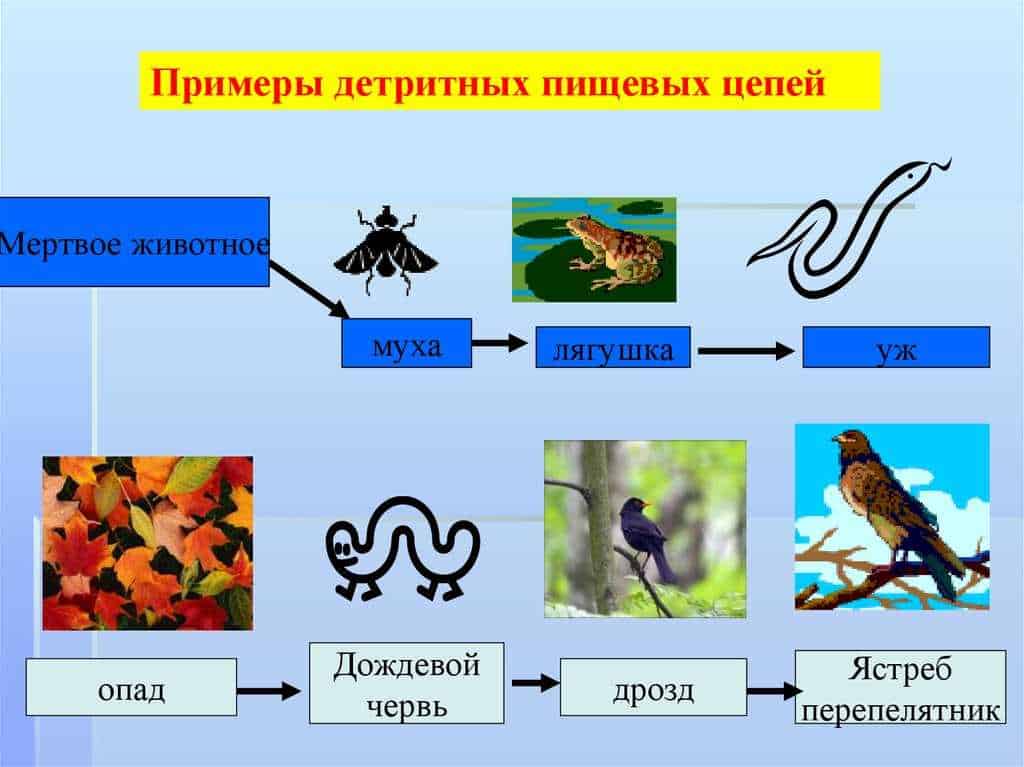
The destruction of butterflies can adversely affect other organisms in the ecosystem. Butterflies serve as food for predatory insects such as spiders and wasps. If the number of butterflies is reduced, then this can lead to a decrease in the population of predators and a decrease in their influence on the control of the population of other harmful insects.
Butterfly life cycle

The life cycle of butterflies is an amazing phenomenon in nature that goes through several stages. From an egg to an adult butterfly, there are several stages of development, each of which has its own characteristics.
1. Egg
The life cycle of butterflies begins with an egg. The female lays eggs on plants that will serve as future food for hungry caterpillars. Eggs have different shapes and sizes, depending on the type of butterfly.
2. Caterpillar
A caterpillar hatches from an egg - the first stage of a butterfly's development. The caterpillar actively feeds on plant leaves in order to gain strength for further development. The caterpillar gradually grows, passing through several molts, and changes its appearance.
3. Pupa
At the last stage of caterpillar development, it turns into a chrysalis. In this state, the caterpillar forms a cover called a cocoon or mulberry nest. Deep transformations take place inside the pupa, and the adult is preparing for the exit.
4. Adult
An adult butterfly emerges from the pupa. She has wings that allow her to fly and search for food. The adult butterfly mates and lays eggs, thus completing the life cycle.
Butterflies as food for other animals
Butterflies play an important role in the ecosystem as a food source for many other animals. They are a valuable source of nutrients for birds, lizards, frogs and other animals.
Birds are one of the main predators of butterflies. Many bird species such as tits, eagles and hummingbirds feed on butterflies and their caterpillars. They use their sharp eyesight and quick reactions to deftly catch butterflies in flight or on plant leaves.
many kinds lizards They also feed on butterflies and caterpillars. They use their good camouflage and quick movements to sneak up on their prey. Lizards eat not only butterflies, but also their eggs and caterpillars.
frogs and other amphibians also feed on butterflies. They use their long tongues to deftly catch a butterfly or caterpillar. Frogs feed not only on adult butterflies, but also on their larvae that live in the water.
Butterflies are also valuable food for other insectivores. animalssuch as spiders, beetles and ants. They use their claws to catch and destroy butterflies and caterpillars that may be competitors or pests.
Thus, butterflies play an important role in the food chain, providing food for many other animals. Without butterflies, the ecosystem would become less diverse and resilient because many animals would lose their source of nutrients and energy.
Butterfly migrations
Butterfly migrations are a phenomenon where butterflies move long distances in search of favorable conditions for reproduction and survival. They are able to cover huge distances, flying hundreds and even thousands of kilometers. Butterfly migrations are an important part of their life cycle and are of significant importance in the ecosystem.
One famous example of butterfly migrations is the monarch migration. These beautiful butterflies make the journey from North America to Mexico every year to spend the winter in warm, tropical conditions. The migration of monarchs is not only essential to their survival, but also to the balance of the ecosystem, as they carry pollen and fertilize plants during their journey.
Butterfly migrations also affect the distribution of plants. Some species of butterflies, for example, carry plant seeds on their legs or body, which helps them spread to new territories. This contributes to the diversity of the plant world and provides food for other animals.
Butterfly migrations are a complex and amazing phenomenon that is still not fully understood. Scientists continue to study this process in order to better understand its significance in the ecosystem and develop measures for the conservation of butterflies and their migrations. It is important to preserve natural places where butterflies can breed and find enough food during their travels.
Threats to butterflies

Butterflies, like many other animal species, face various threats that can negatively affect their numbers and diversity.
One of the main threats to butterflies is the loss and destruction of their natural habitats. As a result of urban expansion, industrialization and agriculture, many natural landscapes are turning into urban areas, fields and pastures, which leads to a reduction in the available area for butterflies.
Another important threat is the use of pesticides in agriculture. These chemicals can either poison butterflies or destroy their food sources, such as the plants on which they live and breed.
Climate change is also having a negative impact on butterflies. Global warming and changing weather patterns may change the distribution of butterflies and their food plants. This can lead to a decrease in the number of some species and even the extinction of some populations.
Apart from this, butterflies are also threatened by pests and parasites such as insect predators and fungi. They can attack eggs, caterpillars, and butterfly pupae, which reduces their survival and diversity.
All these threats combined can lead to a decrease in the abundance and diversity of butterflies, which can have serious consequences for the ecosystems in which they play an important role.
Butterfly defense mechanisms
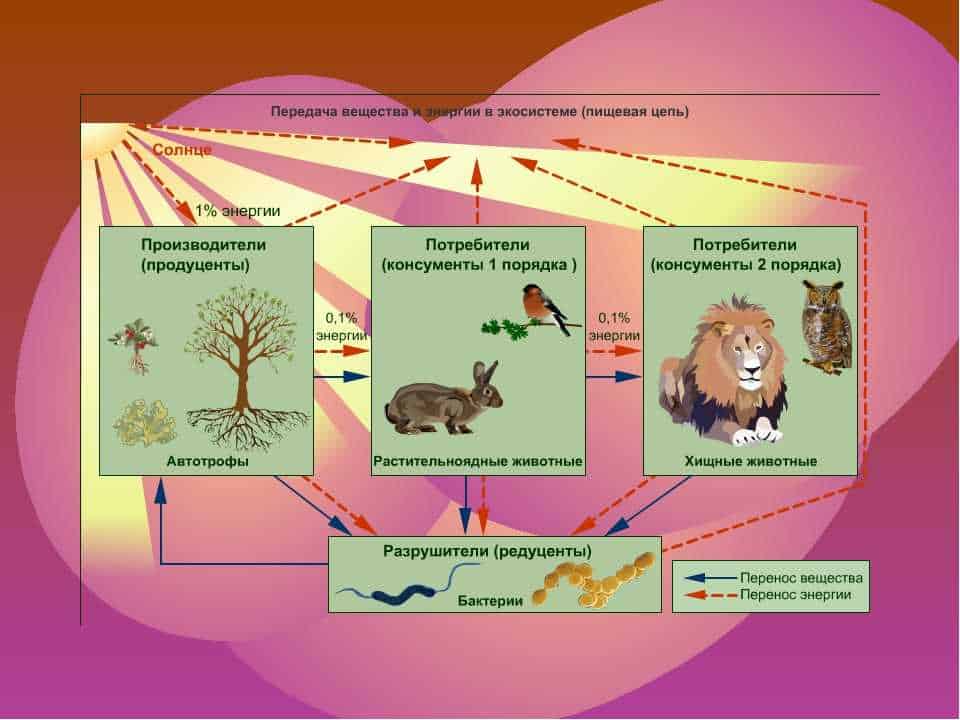
Butterflies have various defense mechanisms that allow them to survive in the harsh environment of nature. One such mechanism is camouflage. Many species of butterflies have coloration that allows them to blend in with their surroundings. For example, butterflies that live in forested areas are light brown in color, which helps them hide on tree trunks or among fallen leaves.
In addition, some butterflies have the ability to mimic. They mimic the appearance of other animals or objects to confuse their predators. For example, the owl butterfly has coloration and wing patterns that are very similar to the face of an owl. This protects her from birds and other animals that are afraid of owls and avoid them.
Another defense mechanism of butterflies is the release of toxic substances. Some species of butterflies have bright colors that warn predators of their poisonousness. For example, butterflies from the globular family have a bright red color, which is a signal for predators about the presence of poison. If a predator nevertheless decides to attack such a butterfly, it receives an unpleasant taste and damage from poisonous substances.

